NURSES the heart of health care









































The Atlanta Journal-Constitution
Telehealth has reached new heights in popularity following a workforce-crippling pandemic. That being said, not all health care heroes are behind the concept of virtual nursing.
According to a survey by NSI Nursing Solutions, registered nurse turnover stood at roughly 27% in 2022. Meanwhile, RN vacancy rates were at 17.1%. According to Medpage Today, all of those nursing vacancies have hit the health care industry with a growing knowledge gap. Virtual nursing is partially designed to close that gap.
New nurses are “scared to death” of making a mistake when they first come onto the floor, Wendy Deibert, MBA, BSN, senior vice president of clinical solutions for Caregility, told Medpage Today.
“They’re thrown into a world... with not a lot of experience behind them,” she said. “So having a button on the wall where you can push... at a moment’s notice and get a nurse in that room to assist (is a huge help).
“I can zoom in to [see] exactly what they’re doing and give direction and support, so that they don’t feel like they’re out there on a limb by themselves. Not only does that boost their confidence, but it also really stops that turnover, because if they get too scared and do not feel supported, they’re not going to stay there.”
Steve Polega, BSN, RN, chief nursing officer of University of Michigan HealthWest, however, believes utilizing virtual nursing is a lost cause.

“As a nurse of 25 years, I believe that nursing is a calling and a gift,” he told Becker’s Hospital Review. “It is a huge responsibility to be trusted by our patients and families to be the eyes, ears and caring hands at the bedside. Nursing is all about connecting with people. To earn that trust, I believe that you need to be at the bedside. Nursing is about that kind touch, that smile, those reassuring things that we can do for patients and families.
“It is very challenging to have that real
human connection through virtual care. I think we all lose if this trend continues. We have to optimize our technologies to make our nurses more efficient and effective, but at the end of the day, nurses put the humanity into care and need to be present and at the bedside.”
It’s a point that perhaps needs to be put to the test.
Saint Luke’s Health System of Kansas City took advantage of an opportunity to significantly implement virtual nursing in 2019, before the pandemic. The hospital constructed a 33 bed nursing unit at one of its four facilities, utilizing a new care model and workflow.
“It was important that the model had an impact for both the nursing staff and
the patient experience,” Jennifer Ball, RN, BSN, MBA, director of virtual care at Saint Luke’s Health System, told the American Nurses Association. “We looked at what could be taken off the plate of the bedside RN and completed by a nurse on camera in the patient room. We included tasks such as admission database, discharge teaching, medication reconciliation, completing procedure checklists, second nurse sign off for meds/skin checks, general education/ teaching for the patients, contacting families, answering questions, and the list goes on.
“When these items are completed by the virtual RN, that frees up the time of the bedside RN to have more time to
manage physical needs of the patents, answer call lights sooner, and generally have more time with the patients.”
The unit opened in Feb. 2021 and has since experienced several workflow changes. According to Ball, the unit’s operation since its opening has allowed for a few lessons.
“You can never have too much education, training and information shared,” she said. “Staff have to be flexible, like change, and be willing to try new things. Start your planning early, be wiling to adjust things, and figure out your technology early on. Get everyone involved from the beginning: other disciplines and staff that will be interacting with the new care model.”
Experts weigh in on the joys and woes of telehealth

HillcrestishonoredtocelebrateournursesduringNational NursesWeek.Yourcommitmenttocompassionandcareisa truegifttoourcommunitiesandtestamenttothedifference youmakeeveryday.Wehonoryoufortheheroesyouare.






















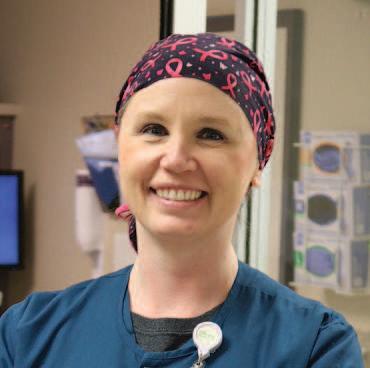
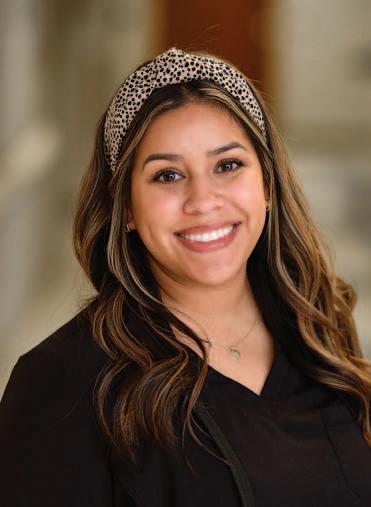



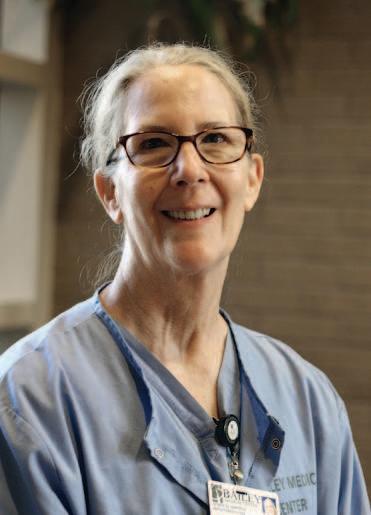

The Atlanta Journal-Constitution
When you’re on your feet most of the day, you want your shoes to work as hard as you do. And when you’re a nurse, you need them to do more than just support you.
Although some athletic shoes might fit the bill, two Los Angeles friends were disappointed at the lack of footwear options for them as nurses. So they decided to design their own.

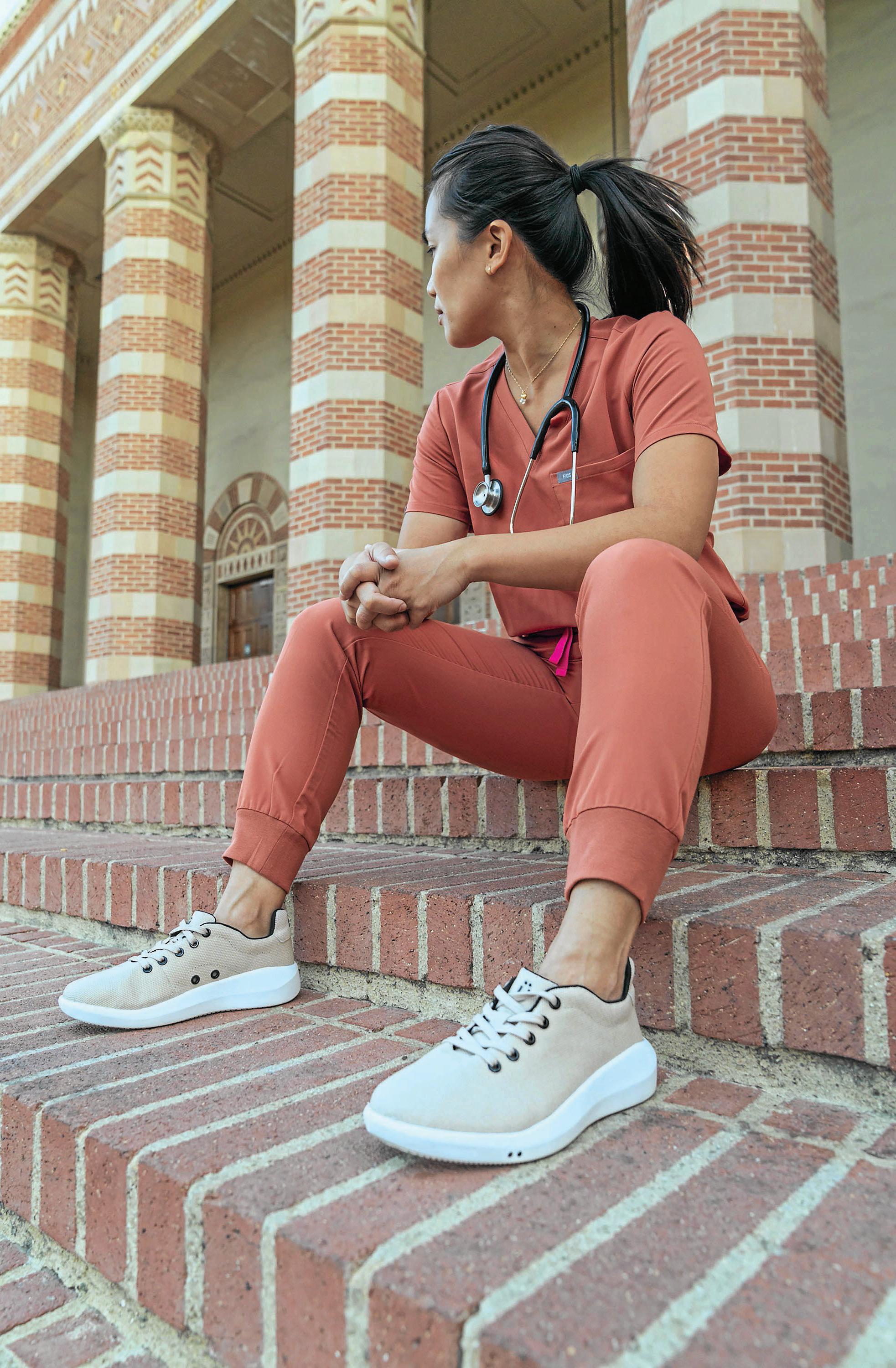
“Footwear is the one aspect of our uniform that we have some freedom to choose our own individual style,” Alex Pastorkovich and Loftin Dortch told Nurse. org. “We wanted a shoe that we, and all health care workers, could be excited to put on each day. We thought,‘Why can’t we have a shoe that takes care of our feet for a 12-hour shift, while also looking super stylish?’ So we said, ‘Let’s make one!’ And that was the beginning of Üni.” Üni comes from “uniform” and “unique,” two aspects of the shoes important to the friends.
“We designed our shoes to be worn with a uniform, but wanted them to be so much more than that,” Dortch said. “We started thinking about how health care workers are so much more than the uniform they put on each day. Each individual is unique and we wanted Üni to be an outlet for them to showcase their individual style at work.”
As part of their uniform, the shoes need to be more than just attractive though. The friends told Nurse.org their shoes are not only comfortable, slip resistant and stain repellent, but they also have an antimicrobial treatment that kills viruses, bacteria and microbes. In addition, the shoes have a layer that makes them water resistant without the use of chemicals or sprays.
“This unique feature allows our shoes to remain breathable, which prevents feet from getting overheated during those long 12+ hour shifts,” Dortch said. “Our fabric also provides unmatched durability that can stand up to the harshest work conditions, significantly increasing the life of the shoes.”
The shoes are available to order online at uni.shoes.
“We want to see Ünis in hospitals, offices, and clinics all across the country,” the nurses said. “We had our co-workers in mind through the entire shoe design process and we can’t wait for everyone to get a pair.”
Congratulationstothenursesthathavebeennominated torepresentAscensionSt.Johninthe“Nurses:TheHeart ofHealthCare”program.Dayinanddayout,you’re there,listeningtounderstandsoyoucanprovidethe compassionatecarethat’srightforeverypatient.Weare gratefulforyourcommitment,sacrificeandserviceto keepourcommunityhealthyandwell.
Ournominees:
DebiBabin,RN
DwanR.Borens,RN,MHA
ChiefNursingOfficer
MadisonCruise,BSN,RN
ChristaGuest,BSN,RN
LindseyJackson,BSN,RN,CNOR
LisaLawson,BSN,RN,CEN
AliLooney,RN
ChristieMcGuire,BSN,RN
GordonOranga,MSN,RN
KelseyPitchford,RN
KyleeRector,BSN,RN
CrystolSamford,BSN,RN
CamillaVinson,RN
MeaganWard,MHA,BSN,RN-BC
LindseyWoolman,LPN
ascension.org
©Ascension2023.Allrightsreserved.
When disasters strike or wars break out, nurses are very quickly on the scene. They are key contributors to global health and international aid efforts.
However, as crucial as their first responder role is, the contributions nurses make to international aid and humanitarian efforts go beyond the immediate, palliative needs.
Wherever people are being injured or disease is spreading due to an epidemic, nurses are critical care givers.They are often on the front lines providing care to patients in underserved areas, regions hit by natural or manmade disasters and war zones. They treat injuries, provide medication and manage acute and chronic conditions. They may also provide psychological support to those affected by the crisis,
including patients, family members and other health care workers.
Nurses who perform this kind of work are often called humanitarian nurses. According to Doctors without Borders, nurses deliver 80 to 90% of health care worldwide. These nurses often work with humanitarian organizations such as the Red Cross, Doctors without Borders, the United Nations or the International Medical Corps that dispatch them as teams in places where they are needed.
In a humanitarian crisis, nurses are often the ones who play key roles in coordinating medical care and resources. They are part of a team that has to work quickly and often without any prior structure to make sure patients receive the care they need.
Nurses are able to create the organization and structure needed to do such things as organize medical supplies, plan
transportation and provide logistical support.
Nurses play key roles in training and educating those affected by a crisis.
For example, VOICE Amplified is a nonprofit that employs nurses to help women experiencing violence in conflict, crisis or disaster settings. In the past year, they worked with Ukrainian refugees in Poland, providing them with at-home kits that contain emergency contraceptives, cleansers and other items because so many of them experience sexual violence in the region.
The education nurses provide help prevent the spread of disease and help people to care for themselves.
Because nurses spend so much time on the front line, they can also contribute to policy development at local, national and international levels. Their input and testimony are crucial to lawmakers and other
government officials who are creating the policies that govern healthcare access, resources and other factors.
Nurses can play proactive roles in making sure there is better health care options when the next disaster or military action takes place.
At research hospitals and universities, nurses can participate in research on what sort of care is needed during these emergencies and how practices can be improved or adapted.

Nurses are also advocates for improved health care access in emergency situations. By telling their stories, they can raise awareness about global health issues, advocate for policy changes and support initiatives that improve health outcomes.
Every day, nurses are making important contributions to international aid efforts through their expertise, compassion and skills.
GREEN SHOOT MEDIA
Practice Registered Nurses (APRNs) are highly trained nurses who are taking on many of the tasks that used to be reserved for doctors.
They help fill a growing demand and provide personalized care that often provides patients with more attention than they might otherwise get. To fill these roles, nurses complete additional education and clinical training, usually in a specialized area. This training gives them the authority to diagnose and treat illnesses, prescribe medications and manage patient care.
There are several types of APRNs, including nurse practitioners, clinical nurse specialists, certified nurse-midwives and certified registered nurse anesthetists.



Certified nurse practitioners provide a wide range of primary and specialty care services. In addition to the tasks listed above, they also help to manage chronic conditions such as heart disease or diabetes.
Some nurse practitioners take on additional specialties such as psychiatric-mental health nurse practitioners (PMHNP) who can provide specialized care, conduct assessments, develop treatment plans, provide psychotherapy and prescribe medication.
Other common types of nurse practitioners are:
Family nurse practitioners (FNP) who provide primary care services to patients of all ages.



Adult-gerontology nurse practitioners (AGNP) who provide primary care services to older adults, focusing on managing chronic conditions, preventing disease and promoting wellness.
Pediatric nurse practitioners (PNP) who provide primary care services to infants, children and adolescents, including health maintenance and preventive care.
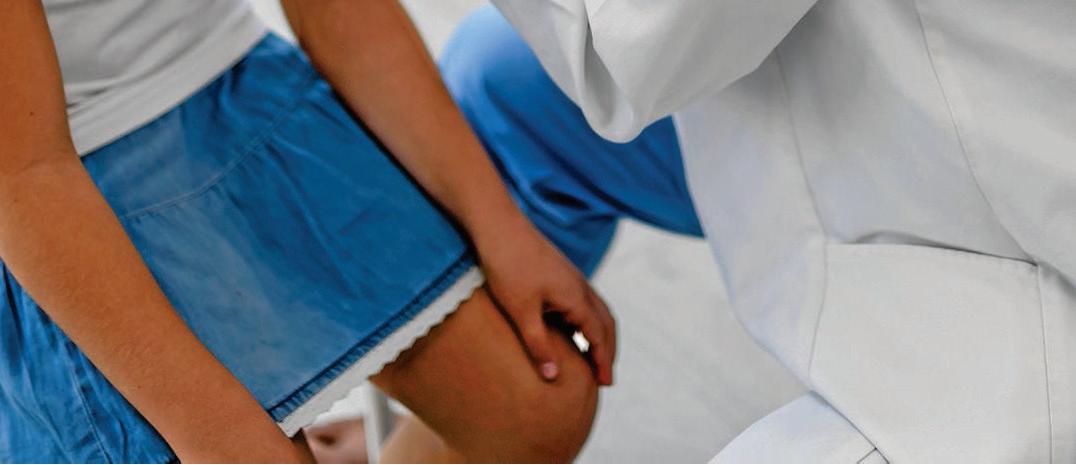
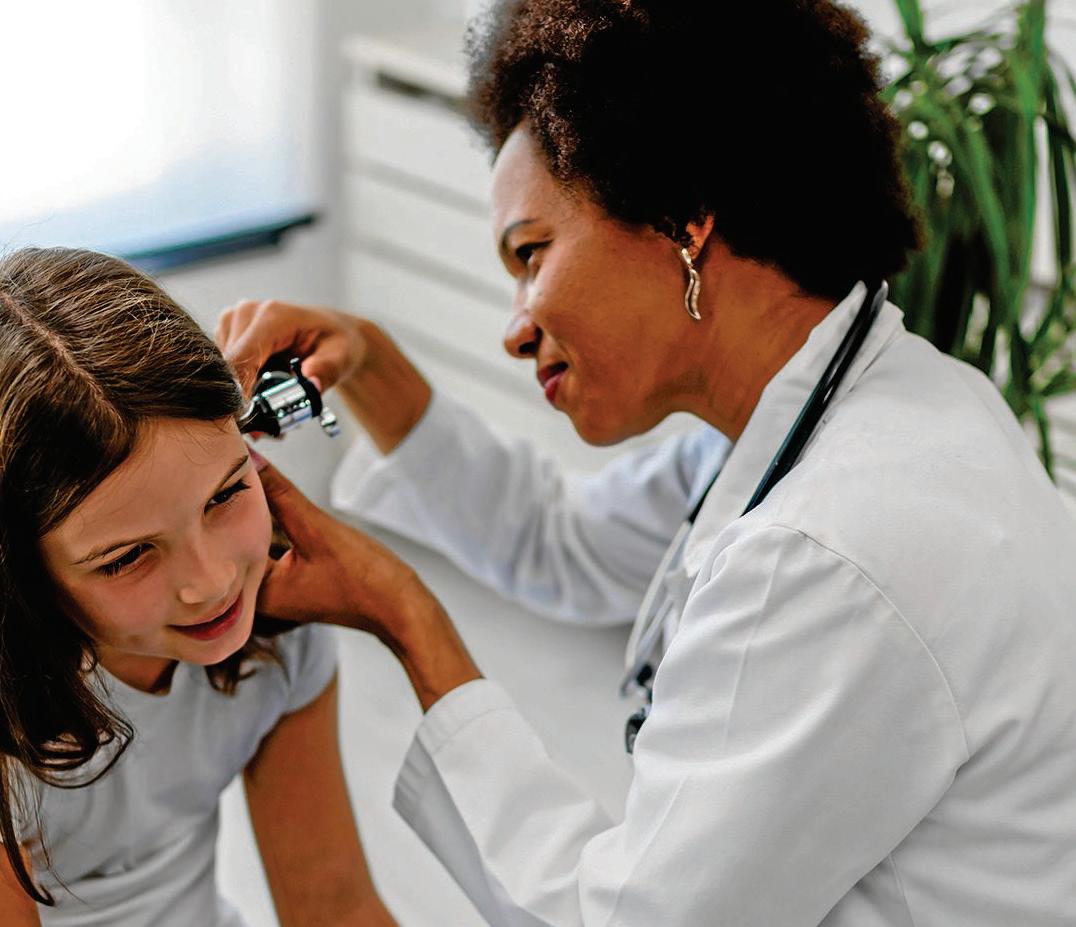
Women’s health nurse practitioners (WHNP) who provide specialized care in reproductive and gynecological health, family planning and menopause management.
Other NPs may earn specialty certifications in areas such as cardiology, oncology or emergency medicine.
Clinical nurse specialists are experts in a particular area of health care such as pediatrics, oncology or critical care. They have several broad responsibilities.
CNSs provide direct specialized patient care to help assess, diagnose and manage complex health conditions. They also play
key roles in educating and training other nurses on evidence-based practices and protocols within their area of specialty. CNSs are sometimes called upon to participate in quality improvement initiatives that help to improve patient outcomes, reduce health care costs and implement new practices and technology. Others conduct research and contribute to evidence-based practices in their area of specialty.
Midwifery is a centuries old practice, but in the 1920s and 1930s, states started to outlaw these health care professionals. In the 1960s and 1970s, there was a resurgence of interest in natural childbirth and the American College of Nurse-Midwives was formed in 1955 to promote midwifery. Today, CNMs provide prenatal care, assist with childbirth and provide gyne-
cological care to women throughout their reproductive lives. They also provide family planning services. According to the Bureau of Labor Statistics, there are 7,750 CNMs in the United States.
CRNAs provide anesthesia and pain management services to patients undergoing surgery or other medial procedures. They can be found in hospitals, dental offices, surgical centers and medical centers. According to Nurse.org, they rank 10th in the list of best health care jobs in 2023 and are the highest-paid nurses in 2023.
To become a CRNA, a nurse must have a doctorate degree focusing on anesthesia, complete extensive clinical training and pass a certification exam.
TheSaintFrancisextendedcampuswill accept16juniorsinfall2023andadd16more eachsemester,ultimatelywith64nursing studentseachyearatSaintFrancis.Thenew partnershipallowsRogersStatetoexpandits nursinggraduatesbymorethan50%.
“SaintFrancishasastrategicinitiativeto recruitregisterednursesbydeveloping academicpartnershipswithareanursing programs,”saidChiefNursingOfficerCindy Leathers.“TheRSUextendedcampusatSaint Franciswillincreaseenrollment,enhance learningwiththecultureofSaintFrancis,and helpthestudentsengageinourvision,mission andvalues.Ourgoalisforthesestudentsto becomecareernursesatSaintFrancis.”
Duringanationwidenursingshortagethat isexpectedtointensify,SaintFrancisHealth Systemiscommittedtofindingcreativeways torecruitandretainnurses.
Asthelargesthealthsysteminthestate,Saint Francisregisterednursesmakeupmorethan 20%ofourworkforce.Eachyear,weneedto hiremorethan600nursestokeepupwith retirementsandgrowthwithindepartments.
Oneofournewestinitiativesisapartnership toeducatenursingstudentsfromRogers StateUniversity.
SaintFranciswillbeanextendedcampusof RSU,andRogersStateUniversitywillaward theBachelorofSciencedegreeinnursing uponstudents’graduation.
Theextendedcampuswillopeninthefallof 2023forstudentswhohavebeenaccepted intotheRogersStateUniversitynursing program.Applicationsforthespring2024 semesterarecurrentlyopen.
TheSaintFrancisextendedcampushasbeen generouslyunderwrittenforthefirstthree yearsbyagrantfromTheWilliamK.Warren Foundation.
Tobeeligiblefortheprogram,students shouldhaveappliedandbeenacceptedto theRogersStateUniversitynursingprogram andcompleted58hoursofprerequisite classes.Asjuniors,studentswillbeableto chooseeithernursingclassesinClaremore ontheRogersStateUniversitycampusorat SaintFrancisHospital.Classroominstruction atSaintFranciswillbepresentedviavideo simulcastwithinstructorsinClaremoreand livewithfacilitatorsinTulsa.
SaintFrancisisrenovatinga6,000-squarefootareawithinthehospitalthatwillhouse astate-of-the-artsimulationcenterand classrooms.Anewsimulationcenterwill includefourhigh-fidelitysimulationsuites designedtoreplicateSaintFrancisinpatient rooms.
InadditiontotheRSUprogram,SaintFrancis hasseveralongoingpartnershipswithlocal collegessothatnursingstudentscanlearn clinicalskillsatSaintFrancis.Currently,Saint Francisemploys13master’sanddoctoratelevelnurseswhoserveasadjunctfacultyfor theclinicalrotationsthatnursingstudentsdo atSaintFrancis.

ForthenewRSUprogram,thehealthsystem willbehiringtwocoordinatorsfortheSaint Francisextendedcampusandsimulation centerandtwofull-timenursinginstructors whowillhaveanacademicappointmentat RogersStateUniversity.
Formoreinformationaboutnursing opportunitiesatSaintFrancis,pleasevisit jointeampink.com.
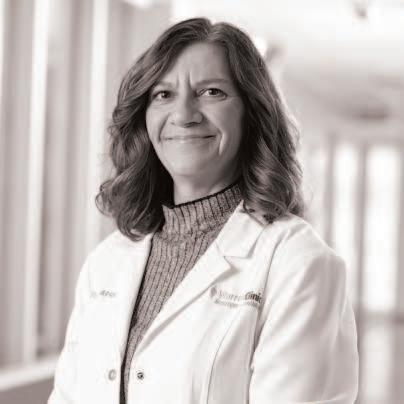
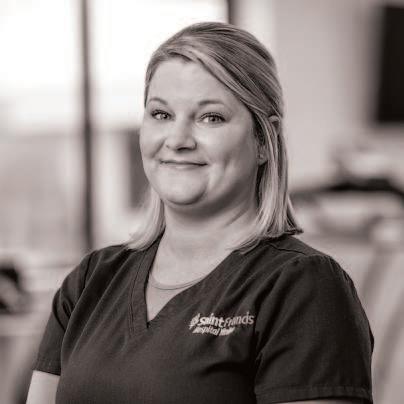
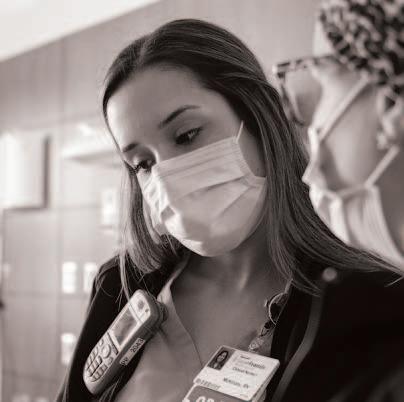



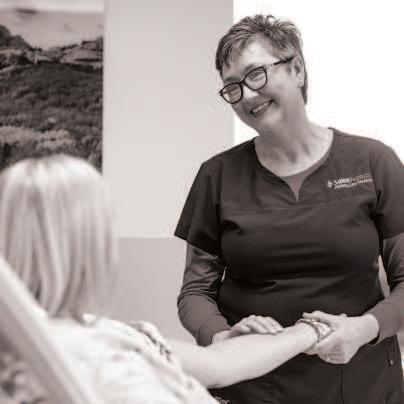
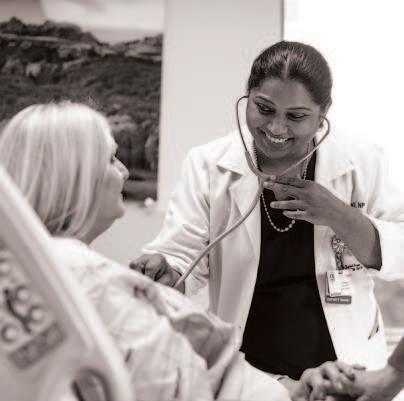

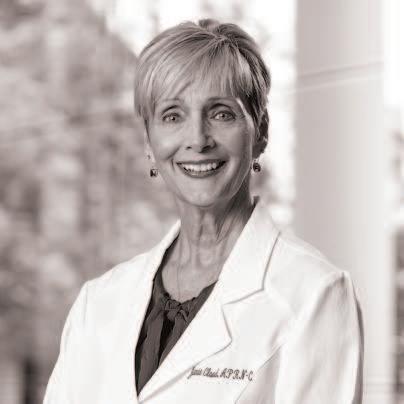
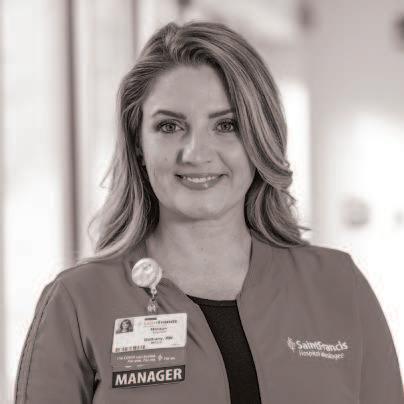
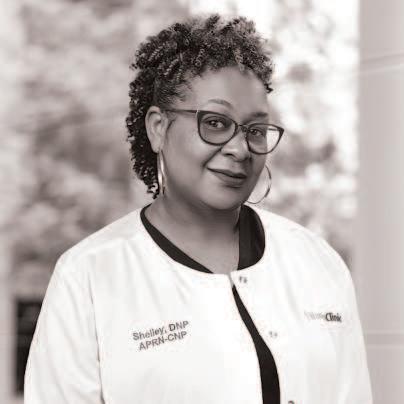

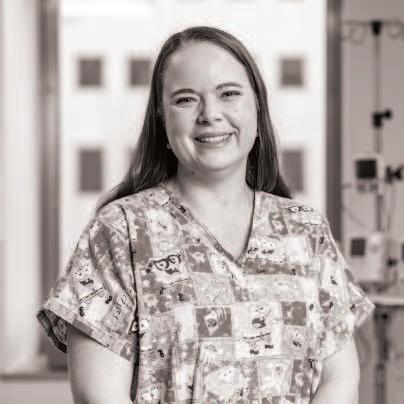
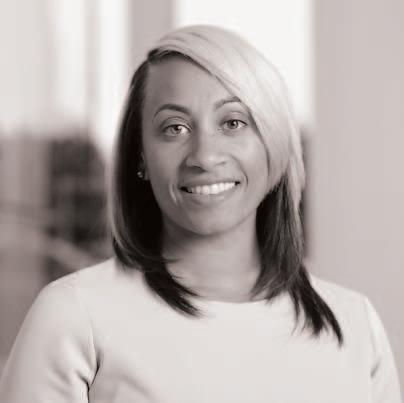
Formany,acareerinnursingisacalling.AtSaintFrancisHealthSystem,weareprofoundlygratefulforthe thousandsofnurseswhomakeourhealthsystemwhatitis—atrueteam,interconnectedandunitedinservingone mission:ToextendthepresenceandhealingministryofChristinallwedo.
Wecelebrateandthankallofournursesforfulfillingtheiruniquevocation,fortheirmanysacrificesandfortheir extraordinarydedicationtoservingthepeopleofeasternOklahoma.
The role nurses play in preventing infection has never been more clear than it has been since the start of the COVID-19 pandemic.
The Centers for Disease Control and Prevention set out to provide free resources and additional training for health care workers so that they can prevent the spread of infectious diseases. They’re calling it Project Firstline and it brings together more than 75 healthcare, academic and public health partners to help frontline health care workers protect their patients, their coworkers and themselves from infectious disease threats.
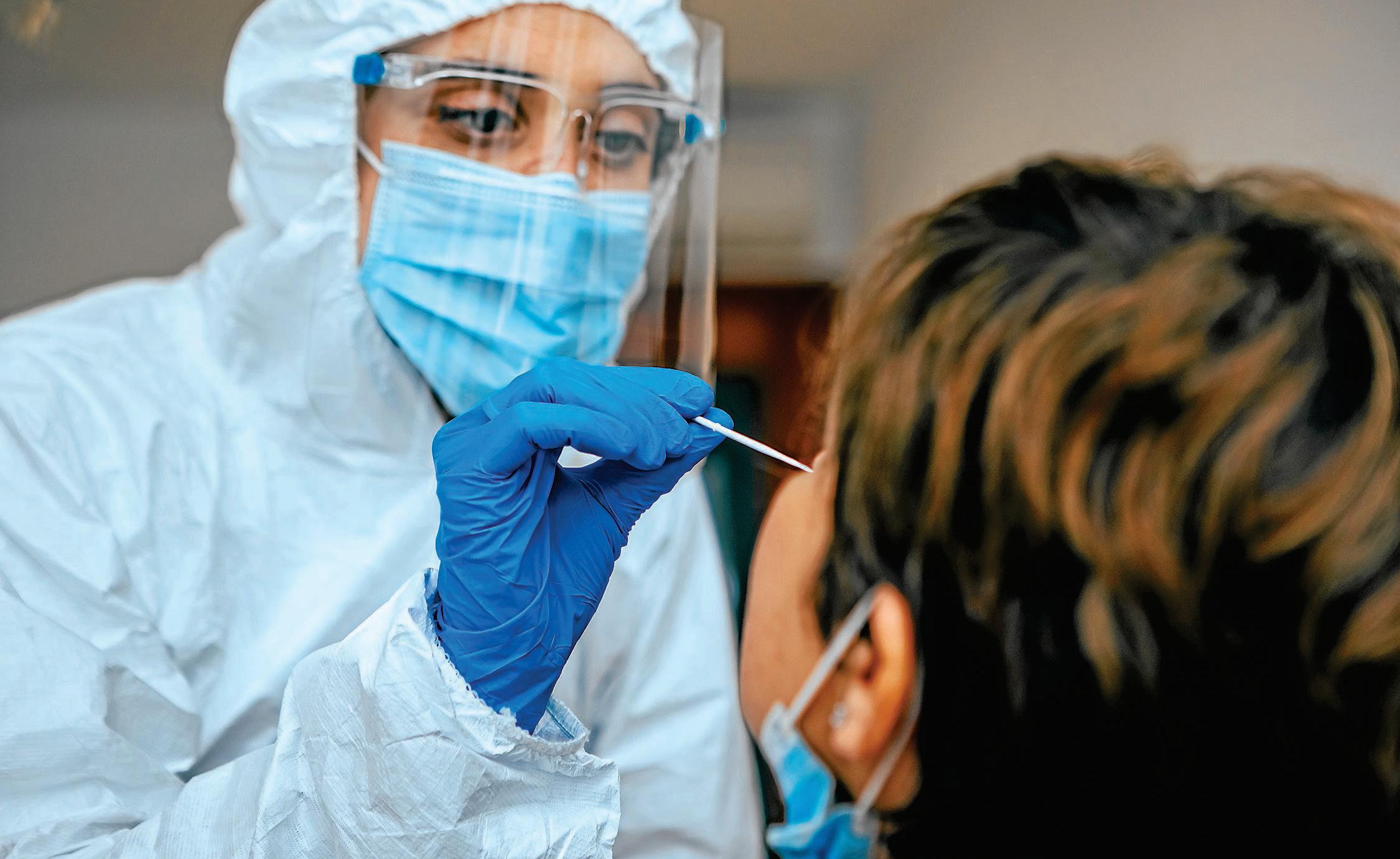
The free resources come in a variety of formats and the CDC said they are designed “to empower and enable health care workers to think critically about infection control, using adult learning principles, educational best practices, CDC recommendations and the science that informs them.”
When the COVID-19 pandemic hit, it made the medical world even more aware of the gaps in infection control knowledge and practice in healthcare settings nationwide. Project Firstline is an attempt to close those gaps.
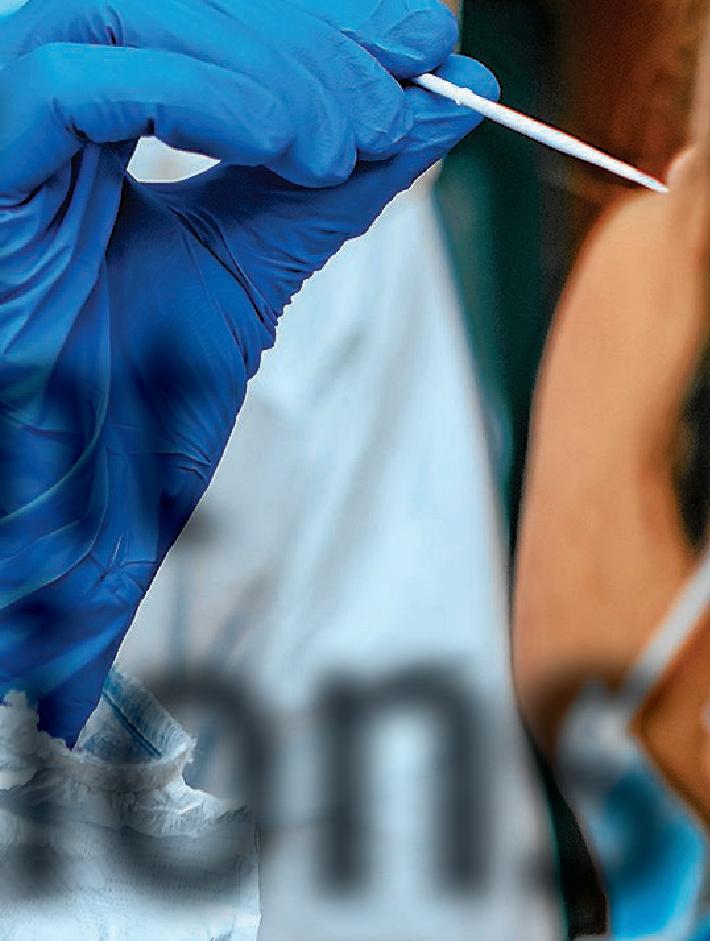

The CDC committed to developing the resources hand-in-hand with health care workers, recognizing their knowledge and expertise. They asked them how they did their job and worked with them rather than dictating policy to them.
They also made it a priority to provide all of their content to all health care workers regardless of previous education, background knowledge or job status.
Nurses work long hours and have little time available for training, especially outside of work hours. They’re often exhausted and after these past several years, many are on the verge of burnout and almost all have experienced trauma in the workplace.
With this in mind, content is delivered in bite-sized segments tailored for practice and designed to be integrated into the work day. In an effort to meet healthcare workers where they are, it teaches the why behind infection control practices.
The information has been translated into Spanish and several Asian languages. Training materials and educational
resources are available in many different formats, recognizing the diverse needs and learning preferences of health care nurses. They include in-person training, online training, videos, infographics, training toolkits and interactive tools.
In the first two years since it has launched, Project Firstline and its partners have created more than 200 educational products and training materials on health care infection control. It has hosted more than 750 educational events reaching more than 65,000 health care workers.
Their various platforms have received more than 84 million views.
Nurses can sign up for the Project Firstline newsletter or access educational materials online.


 GREEN SHOOT MEDIA
GREEN SHOOT MEDIA
In 1550, a boy was born into a noble family who would eventually change health care and inspire others to care for the sick and the weak, becoming the founder of the first Red Cross and an order of priests who served the sick. He is now the patron saint of nurses, nurse associations, the sick, hospitals and health care workers.
He didn’t start out practicing the saintly behavior that would eventually get him canonized. In fact, many Catholic sources refer to him as a bit of a ruffian.



Camillus de Lellis was born in Bucchianico, Italy. His mother died when he was a child and his father had little interest in him. He became quite fond of drinking, gambling and quarreling. At age 17, he contracted a leg disease that plagued him for the rest of his life. He entered the San Giacomo Hospital for Incurables in Rome as a patient and servant, but got thrown out after nine months because of his rowdy behavior.
He tried the Venetian army for three years but in the winter of 1574, he gambled away everything — his weapons, all his clothes except his shirt and all his money. He started working at a Capuchin friary and had a religious conversion experience. He tried to become a novitiate, but was disallowed because of the incurable sore on his leg.


He returned to San Giacomo where he devoted the rest of his life to caring for the sick. He studied for the priesthood and was ordained when he was 34. He founded an order called “Fathers of a Good Death” in 1585, who became known as the Camillians. During his life, he promoted cleanliness in hospitals, something not common at the time, and insisted on those who served the sick being trained. Those who became Camillians had to commit to serving prisoners and people who were infected by the plague.
The Camillians formed the first recorded military field ambulance when they joined troops fighting in Hungary and Croatia in 1595. They would wear a red cross on their cassocks, which is still a symbol of their order.

In Naples, they would go out to boats that were barred from landing because people on them had the plague. Two members of his order were martyred when they contracted the plague. When he learned that people were being buried alive, he ordered the brothers of his order to continue the prayers for the dying for 15 minutes after apparent death.

While he had a building in which he taught members of his order how to provide health care and worked in hospitals, he and his order were known for going wherever a sick person was, even at risk to their own lives.
De Lellis continued to be sick throughout his life not only with his leg infirmity, but with several other diseases. It was said that he would sometimes crawl out of his bed to visit the sick. He died in Rome in 1614.

He was canonized in 1746 and in 1930 he was named co-patron of nurses and nurse associations along with St. John of God.
His legacy lives on through the work of the Camillian order and several other organizations that sprung from it and his work. Thousands of health care workers continue to follow in his footsteps, caring for the sick and the vulnerable.
TheUniversity of Tulsa’sSchoolofNursingisdeeply grateful for the dedicatededucatorsandnursepreceptorswho teachandtrainour exceptionalstudents.
Thanks totheguidance theyreceive, TUundergraduate and graduate-level nursingstudentsengagedin28,000clinicalhourstoservenearly11,000 patientsat80sitesduringthe2022academicyear.
StudentsinTU’sOxleyCollegeofHealthSciencescombinethelatest technologieswithhands-onpatientinteractiontoturntheircoursework andresearchintoreal-worldexperiencethathasapositiveimpactonthe community.
Theseopportunitiesgivethemanedgeinenteringtheworkforceandfurtheringtheiracademicgoalsastheyfacewhathasbecomeanincreasingly competitiveyetin-demandworldofhealthcareservices.
“Someofthethingsthatmakeusunique,thatweprideourselveson,is thatregardlessofwhatourstudentsaregoingtodo,wemakesurethey haveampleexperiencesandinteractionsoutsideofthetraditionalclassroom, ” saidRonWalker,interimdeanofOxleyCollege. “Ourstudents arevery comfortableand well-versed in their clinical skills beforethey enter areal-world setting.They’re confident in what they’re doing and can focusonthe patient.”
TU nursingstudentsboastsomeof thehighest boardcertificationexam passratesand employmentplacementratesinthenation.

“We have an experiencedand cohesivenursing faculty whoareexperts intheirareasofteaching and practice,” saidBillBuron,director ofthe School of Nursing,whichiscelebrating its50th yearin2023
Forpost-graduate students,similarresults have been noted,with student support providingakeycomponent to success.
“We have amazing scholarships,”saidSarah McAuliff,directorofthe familynursepractitionerprogram. “Thismeansthatstudentsreceivea privateschooleducationexperienceatapubliceducationprice.Inmost caseswithadditionalscholarships,thehourlytuitionratethestudentends uppayingislowerthancompetitivelocalprograms.”
TheSchoolofNursinghaspartnershipswithallthreemajorTulsa-area healthsystems,numerousclinicsandavarietyofplaceswherestudents canputtheirclassroomknowledgeintopractice.
“TheeducationIreceivedhasallowedmetobetterinfluencehealthcare policyinmyorganization,especiallyduringtheheightoftheCOVID-19 pandemic,” saidLesliePetty(BSN’83,DNP’20),directoroftheTulsa DayCenter.“Itbolsteredmyconfidencebyseekingoutexperts,analyzingandreportingdatatomeetthehealthcarechallengesassociated with vulnerablepopulations.IhavebecomeanexpertonwhatIampassionate about,whichiscaringforthosewhodonothaveavoice.Iamgreatlyappreciativeforthe supportive facultyandtheencouragementthey provided.”
IhavebecomeanexpertonwhatIam passionateabout,whichiscaringforthose whodonothaveavoice.Iamgreatly appreciativeforthesupportivefacultyand theencouragementtheyprovided.
Generousscholarships availablefornewstudents enrollingFall2023.
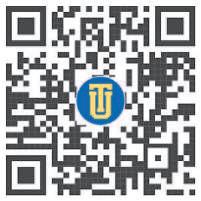

ToourdedicatedTUNursingalumni, facultyandstaffaswellasourvaluable nursepreceptorsandcommunity partners,wesay: THANKYOUformaking2022 arecord-breakingyear.



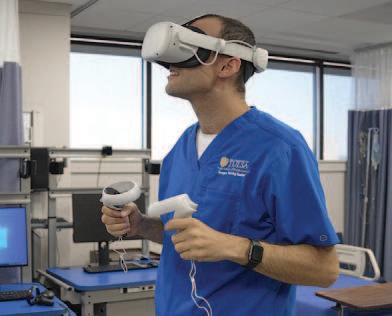
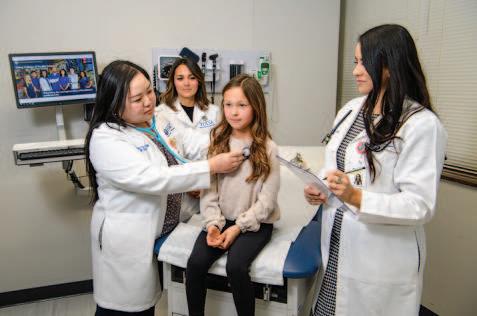

AG-ACNP&FNPprogram scholarshipsforfall2023 admittedstudentsincludesa $600percredithourscholarship, forthedurationoftheprogram.


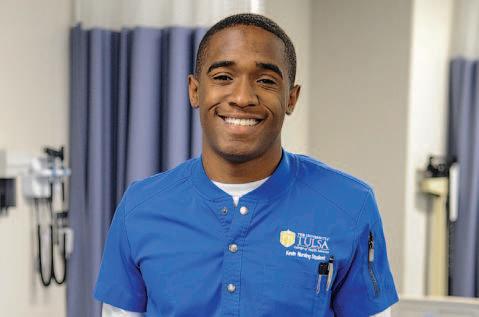

Nurses are the backbone of the health care system. It’s a profession that requires long hours and is often stressful. They face challenging situations as they provide emotional and physical support to patients and their families.

In fact, they’re often so focused on caring for others that they forget to care for themselves. However, selfcare is not a luxury or an option. It’s an essential task for nurses so that they can continue to care for others.In fact,the American Nurses Association Code of Ethics explicitly states that nurses must adopt self-care as a duty.
The World Health Organization defines self-care as “the ability of individuals, families and communities to promote health, prevent disease, maintain health, and to cope with illness and disability with or without the support of a health care provider.”
Self-care can help alleviate some of the toll that the demands of the profession take on nurses, tolls that include chronic stress, anxiety, depression,fatigue,back pain and headaches.


In 2022, the American Nurses Association conducted a“Healthy Nurse Survey” and found that there was an urgent need to improve the health of nurses and their quality of life.It found that 70% of nurses put their patient care needs over their own.

Different nurses will find different ways to engage in self care, depend-

ing on what best feeds their soul and their body.
Nursejournal.org recommends five different forms of self-care: physical, mental, social, spiritual and personal. Others add professional and medical. These activities can take many different forms from yoga classes to playing music to creating a new skincare regime.
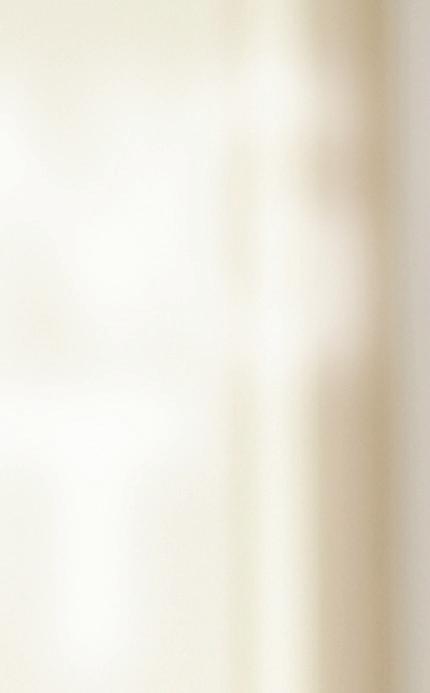
Some other suggestions:

Practice mindfulness. Mindfulness is the practice of being present and fully engaged in the moment. It ranges from taking a few deep breaths to meditating to going for a walk in nature.
Exercise regularly. Set goals to walk 10,000 steps, work out a few times a week or participate in a fitness class.It can even be something as simple as going for a walk during a lunch break or taking the stairs instead of the elevator.
Eat well. Choose nutritious food and drink lots of water. Pack healthy snacks.Take advantage of any healthy meal plans available in a hospital cafeteria or in other workplaces.
Get enough sleep. It’s hard to sleep when stressed. So, create a relaxing bedtime routine. Use aromatherapy and provide yourself a peaceful environment.
Connect with others. It’s hard to create work-life balance, but try to make time to spend with family and friends. Participate in a hobby. Go out to dinner with friends.
More resources
Needmoreideasforself-care?There are several nursing organizations that provide resources on self care,includ-
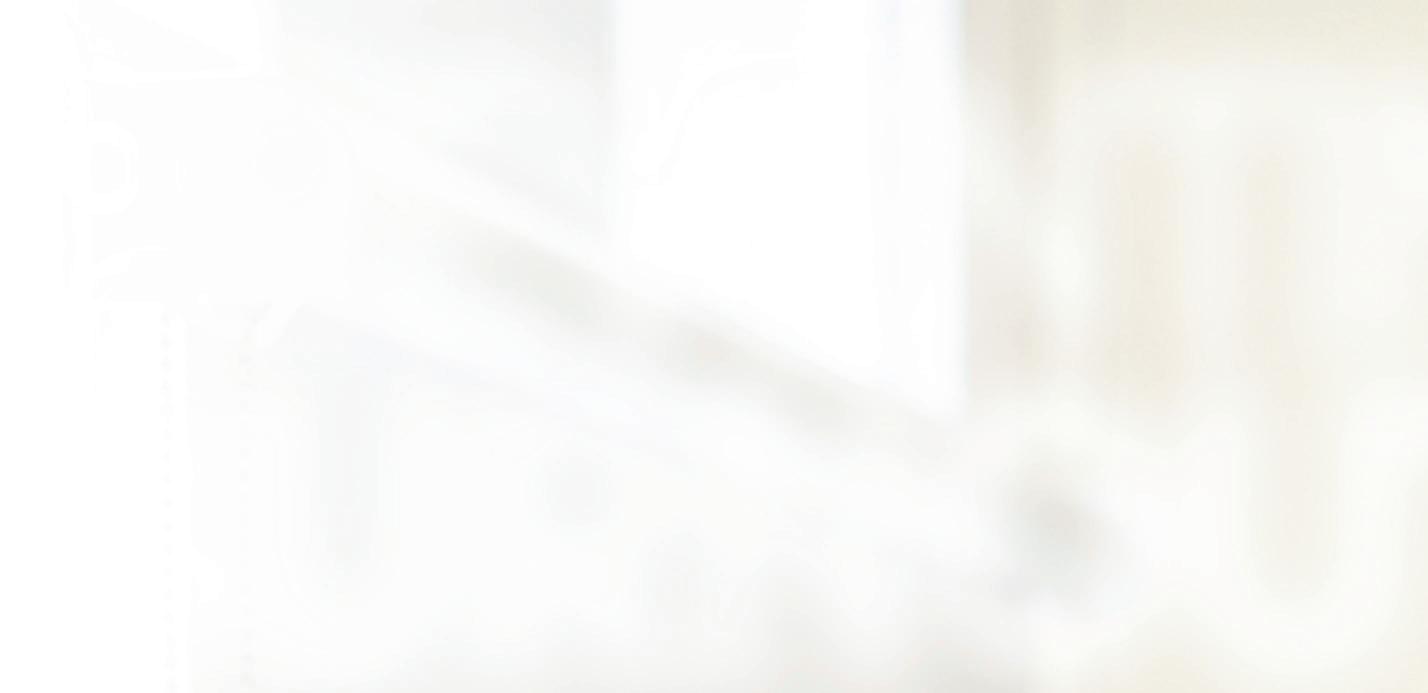
ing the American Nurses Association,the National Council of State Boards of Nursing, Sigma Theta Tau International Honor Society of Nursing, nurse.org and The Journal of Nursing Education. There isn’t a wrong way to do self-care — except to not do it at all. Schedule time and don’t feel guilty because what you are doing is essential.





